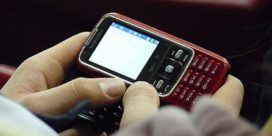Confidential records breached at Fla. college
Computer hackers broke into a Florida college's computer system and stole the confidential information of nearly 300,000 students statewide and the school's president, officials said Wednesday, the Associated…

